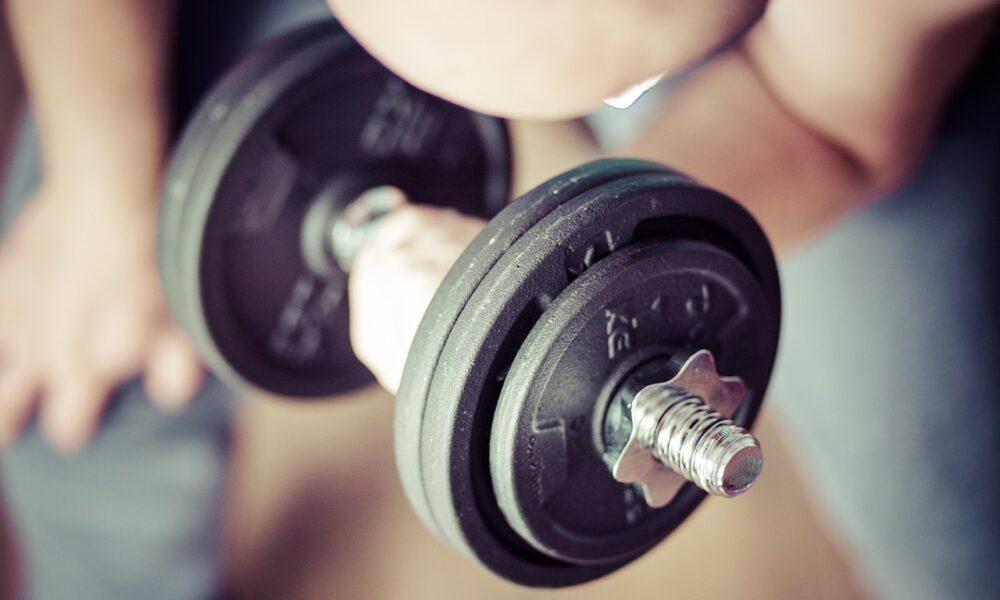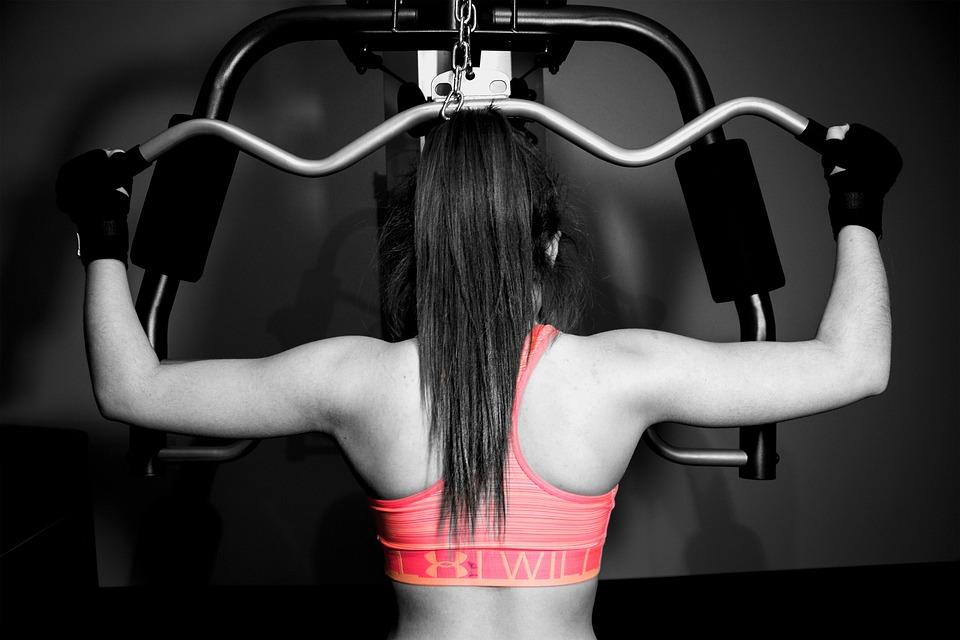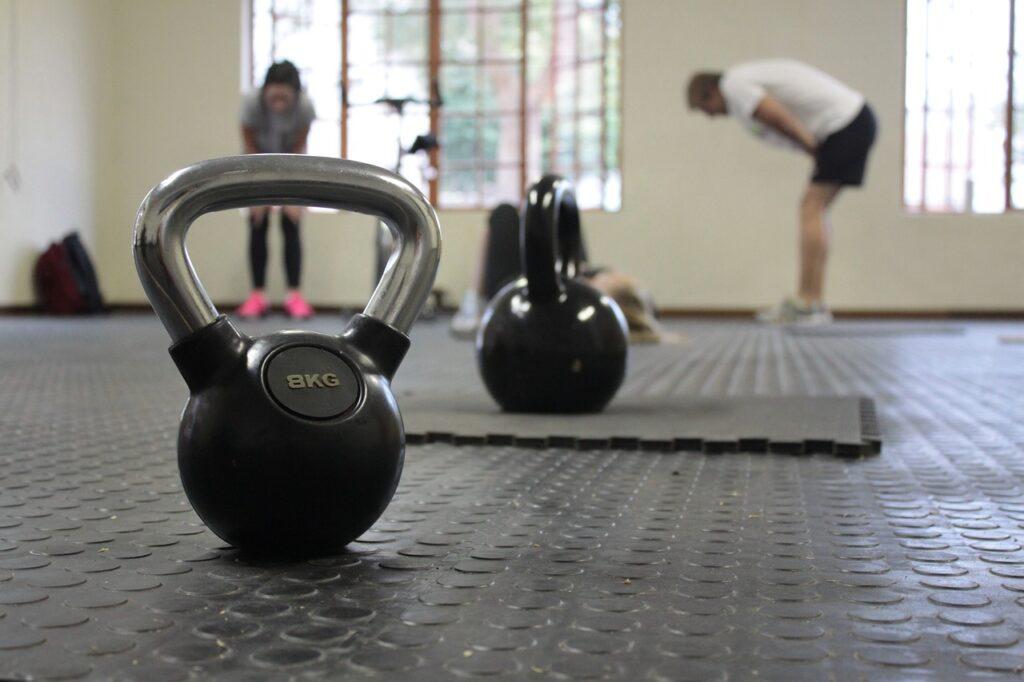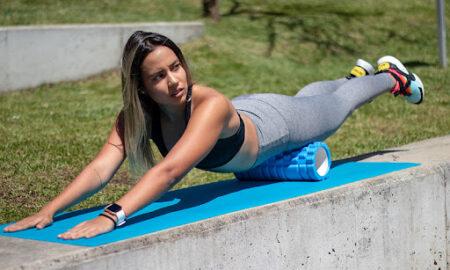

Have you ever considered the significance of grip strength in your overall fitness journey? While it may be easy to overlook, grip strength is crucial to your fitness routine and overall health.
Whether lifting weights or carrying groceries, a firm grip can help improve your performance and prevent injuries. Beyond the gym, grip strength is a vital indicator of your overall health, with studies linking it to cardiovascular health, mobility, and longevity.
To learn more about grip strength, this article explores why it is essential for bodybuilders and how it can impact your overall health. So, let’s delve into more details.
What is Grip Strength?
Grips Strength refers to how well you can clench your hands around something. Or it’s a measure of the force you can generate with your hand and wrist muscles when holding an object.
As you get older, the muscles in the body become weaker. This impacts your whole body, including grip muscles, affecting your overall health.
Working out to counter these effects is crucial. Improved grip strength helps you to have a strong handshake, open a pickle jar, carry bags, and hold weights securely. It also has a place in the workout where it helps in gymnastics and weightlifting.
How to Test Grip Strength
Grip strength is measured using a handgrip dynamometer. You hold the device in your hand and squeeze it as hard as possible. The device tests by measuring the maximum isometric strength of your hand and forearm muscles. Do three squeezes on each hand.
Use a pinch test strength and handgrip dynamometer device for more accurate results. A pinch strength test determines the greatest isometric power of the hand and forearm muscles when engaging in a pinching action.
The scores vary depending on age, BMI, fitness level, and athletic ability. More muscular grip strength indicates stronger muscle and strength endurance, hence good health and fitness level. Below is the cutoff score you may get and what they mean.
| Score | Meaning of the grip strength score |
|---|---|
| Above 141 pounds (>64kg | Excellent grip strength |
| 123-141 pounds (56-64 kg) | Good grip strength |
| 114-122 pounds (52-55 kg) | Above average |
| 105-113 pounds (48-51 kg) | Average |
| 96-104 (44-47 kg) | Below average |
| 88-95 lbs (40-43 kg) | Poor |
| <88lbs (<40k g) | Very poor |
Types of Grip Strength
There are three types of grip strength, each involving different muscles and movements. They include:
Crush Grip Strength
Crush grip strength is the ability to hold and squeeze objects with the fingers and palms of your hands (curling fingers towards your palm). It is used in activities such as shaking hands with someone, gripping a steering wheel, or weightlifting a bar. The muscles involved in this type of grip strength are the wrist, palm, and fingers.
Support Grip Strength
This is the ability to hold onto something for an extended period without letting it go. You apply it when carrying groceries, hanging onto a pull bar, and rock climbing. The muscles involved include forearms, fingers, and palms.
Pinch Grip Strength
Pinch grip strength refers to the ability to hold and control objects between your fingers and the thumb (power between your fingers and thumbs). It is used in pinching, carrying a heavy bag, or gripping a pen. The muscles involved in pinch grip strength are the fingers and thumbs.
3 Benefits of Grip Strength
-
Grip strength helps in weightlifting and overall physical functioning, leading to a more muscular body and improvement in overall fitness.
-
Grip strength helps maintain mobility and independence, especially in aged people.
-
Strong grip strength reduces the risks of developing arthritis, carpal tunnel syndrome and prevents tendinitis.

How Does Grip Strength Relate to Your Health?
Aside from grip strength helping you lift weights and have a firm handshake, researchers describe it as an indicator of overall health and well-being in older people. It also predicts muscular and strength endurance in the future. Below are ways in which grip strength is related to your health:
Muscle Strength
It has been demonstrated that total body skeletal muscle mass is strongly correlated with the thickness of the hand and forearm muscles. This is because hand muscles are connected to larger muscle groups, such as the biceps, triceps, and shoulder muscles.
Since grip strength is a measure of the force applied by your hand, wrist, and forearm muscles when clenching objects, it can give you an idea of how strong your body is. It can provide a quick and easy way to assess the strength of the rest of the body without having to perform more comprehensive strength tests.
Immune Health
As you age, your immune system declines, affecting your body’s ability to fight infections and exposing you to diseases. Once you get infected, the body’s muscle mass reduces as do hand muscles since they are connected.
Reduced hand muscles result in poor grip strength. Low grip strength has been associated with an increased risk of developing illnesses such as cardiovascular disease and frequent hospitalization and disability, which may be related to immune health.
Chronic Illness Risk
Grip strength strongly predicts the risk of chronic diseases such as cardiovascular disease.
For example, low grip strength may be a sign of overall muscle weakness, which could impact an individual’s ability to engage in physical activity and maintain a healthy weight, leading to a sedentary lifestyle that increases the risk for chronic diseases.
Additionally, grip strength may be a marker of inflammation and oxidative stress, both associated with chronic disease risk. Some of the chronic diseases are:
- Diabetes
- Cardiovascular diseases
- Respiratory diseases
- Overweight/ underweight
Injury Prevention
Muscular grip strength is an indication of low injury risks. A strong grip makes you more likely to hold objects securely or maintain your balance, reducing injuries.
A weak grip indicates you are more likely to drop objects and lose balance, making it more challenging to perform specific exercises and increasing the risk of injury.
By building and maintaining strong grip strength, you can reduce your risk of injury and stay active for longer.
Overall Physical Functioning in Older People
Grip strength is vital in everyday activities, such as lifting weights, carrying groceries, opening doors, and holding onto objects securely.
When you have strong grip strength, it’s an indication that you can perform any regimen of strength-training exercises and daily activities properly without worrying about suffering an injury.
Weak grip strength is associated with poorer physical functioning and lower physical activity levels.
Exercise to Improve Grip Strength
Developing grip strength is quite simple. Focus on the following primary and compound exercises:
Suitcase Deadlift
Lifting heavy weights, such as deadlifts, is one of the best ways to stress your forearm to boost grip strength. To perform a deadlift, start with your feet shoulder-width apart, holding a weight in the left hand and clenching your right hand into a fist.
With your abs engaged and back parallel to the ground, slowly sit your hips and lower the deadlift until it touches the middle of your left shin. Still keeping your abs engaged, press through the heels and return to the starting position.
Squeeze your glutes while you are upright to complete one rep. Perform 3 to 4 sets with 10 to 12 reps each.
Plate Pinch
To get results faster, use the heaviest plate pinch. To do the exercise, pick two heavy plates of the same size and hold one in each hand between your thumbs and fingers. The arms should be at the sides.
Squeeze the plate pinch as hard as possible, then hold for one minute before resting for 60 seconds. That’s one set. Perform 2 to 3 sets.

Farmers’ Walk
Select the heaviest object you can lift with your hands from the ground and walk with it as long as you can. In this case, we will use kettlebells.
Hold a heavy kettlebell in one hand and place your arms down by the side. Walk with the weight in a straight line as long as you can without letting it hit your legs. When you feel tired, place the weight down and rest for 60 seconds and start again. Do 3 to 5 five walks (3-5 sets).
Hammers Curls
Hammers curls help in developing forearm strength. To do the workout, start with your feet hip-width apart. Hold a dumbbell in each hand with your arms at your sides. Ensure the palms are facing down, the chest upright, and the back straight.
With your upper arm still, bend your elbow and curl the dumbbell towards your shoulder. Slowly bring the weight to the starting position. That’s one rep. Perform 3-4 sets of 12 reps.
Stress Ball Squeeze
This is an excellent exercise if you don’t want to work out your grip strength in the gym. Grab a stress ball, squash ball, or racquetball and squeeze it with your entire hand for 5 to 10 pulses or at least 10 minutes per hand.
Repeat the exercise using your fingers and thumbs, switch hands, and repeat the exercise. It should aim at the forearms, thumbs, and fingers.
When selecting the ball, consider the size and material of the ball. A vast ball can cause damage to your hand, and a very soft ball may not give your hand the resistance it needs because it is too squishy.
Other exercises to improve your grip strength are:
- Book Pinch
- Wrist Rotation
- Press ups with fingers only
- Pull-ups
- Dead hang
Conclusion
Grip strength is a crucial aspect of your overall health and well-being, and the benefits of maintaining a solid grip go far beyond being able to hold onto things tightly.
Studies have shown that grip strength is closely linked to various health indicators, including cardiovascular health, mobility, and longevity. Additionally, grip strength can help improve your athletic performance and reduce your risk of injury.
With the prevalence of sedentary lifestyles and age-related declines in muscle mass and strength, it is more important to prioritize activities promoting grip strength, such as resistance training and regular physical activity.
By doing so, you can not only improve our physical health but also enhance our overall quality of life. Start improving your grip strength today by doing the workouts mentioned above.






















You must be logged in to post a comment Login